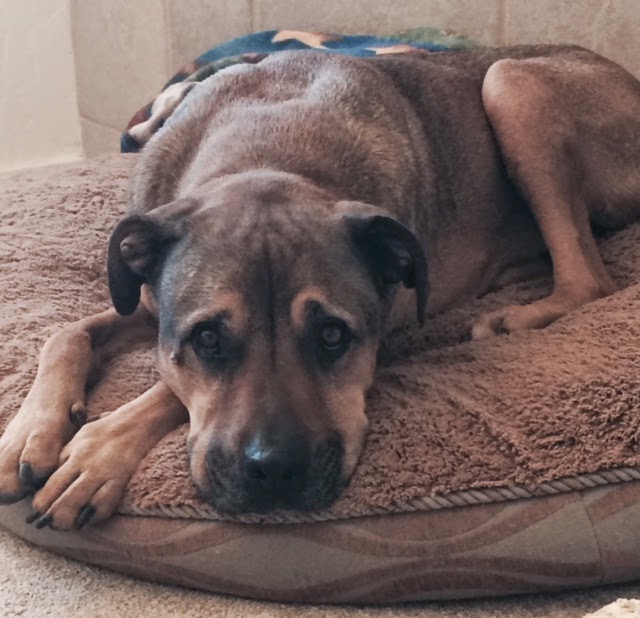At Home Dog Boarding is a new service we are offering!
Here is what we offer:
- Your dog will be boarded at the home of one of our pet sitters where he or she will enjoy all the comforts of being in a home environment.
- Reservations are limited to one dog or one family of dogs.
- No other dogs will be present in the pet sitter's home except yours!
- Your dog will receive exclusive care and attention.
- A fenced yard will allow your dog outdoor time to play and go potty.

Our requirements:
- Dogs must be fully house broken.

Puppies just can't help it! - Only crate trained dogs will be accepted. Dogs will be crated when the pet sitter has to run errands to protect the dog and the pet sitter's home. Aside from an occasional errand the pet sitter will be home with your dog.
- Dogs must be well behaved (no excessive barking, no chewing on furniture, no aggressive or fearful dogs)
- No puppies. We love them but they sure do get into a lot of trouble!
- No escape artists! If your dog jumps, climbs or digs under the fence we will not be able to board him.
- Dogs must be in good health and current on vaccinations. Leaving home can be stressful for a dog and can aggravate a pre-existing health condition. We recommend having a pet sitter visit your dog at your home to alleviate any potential stress and subsequent complications if your dog has a medical condition.
- Dogs must be microchipped.
Please bring:
Proof of vaccination
Crate
Food
Food and water bowls
Treats
A few favorite toys
A favorite bed or blanket
If you want to board your dog in a home environment please contact us to make reservations.















